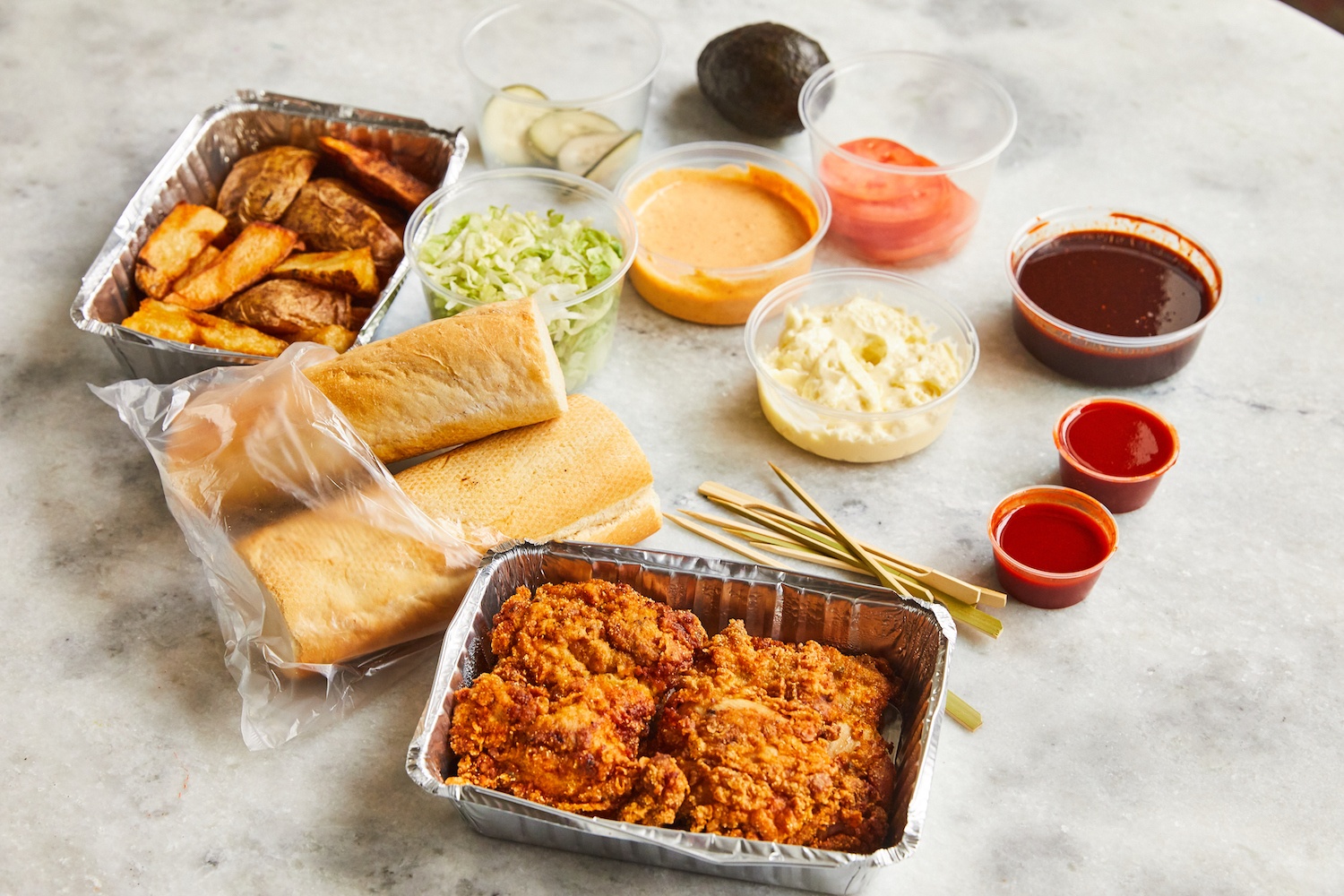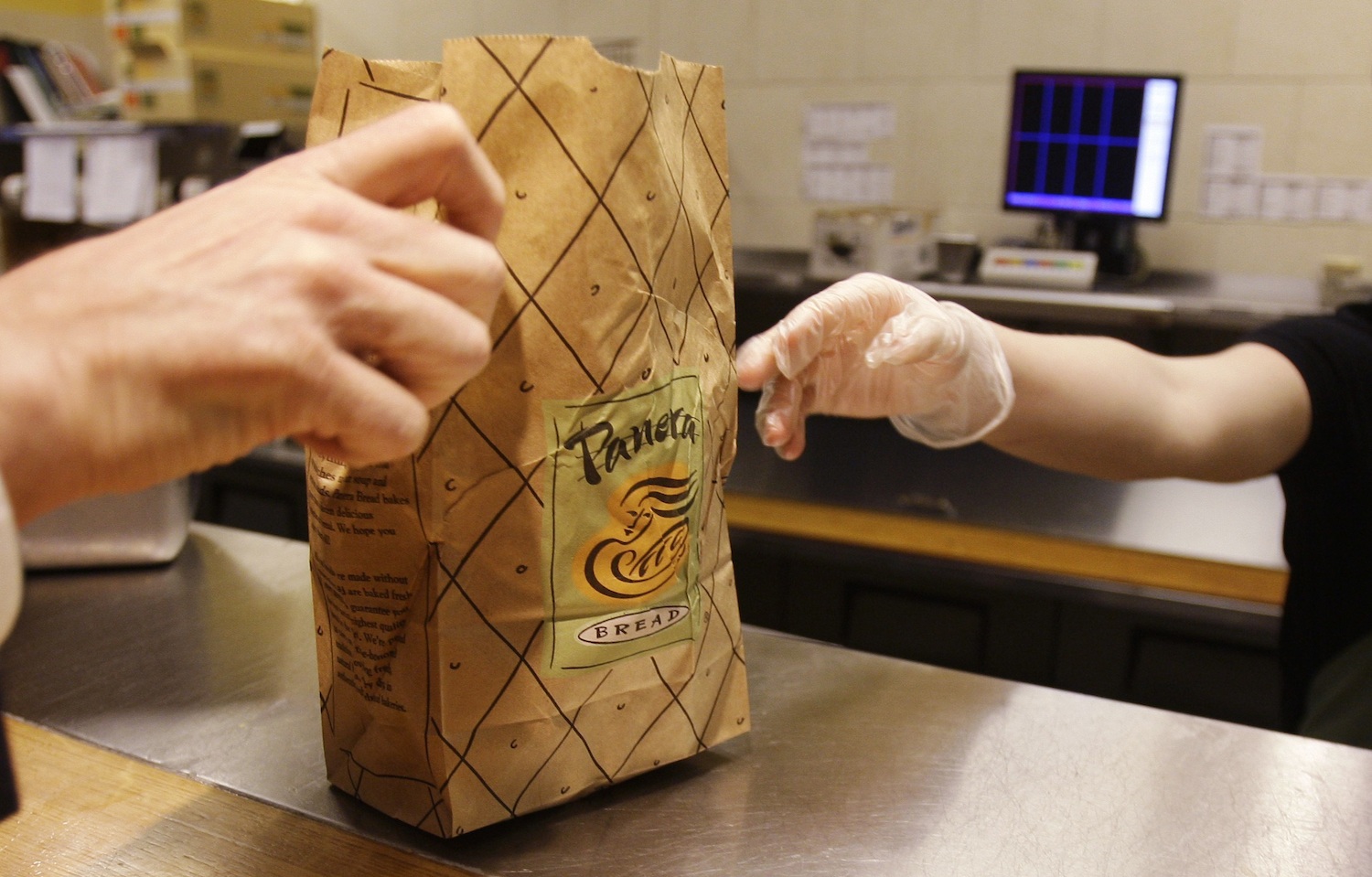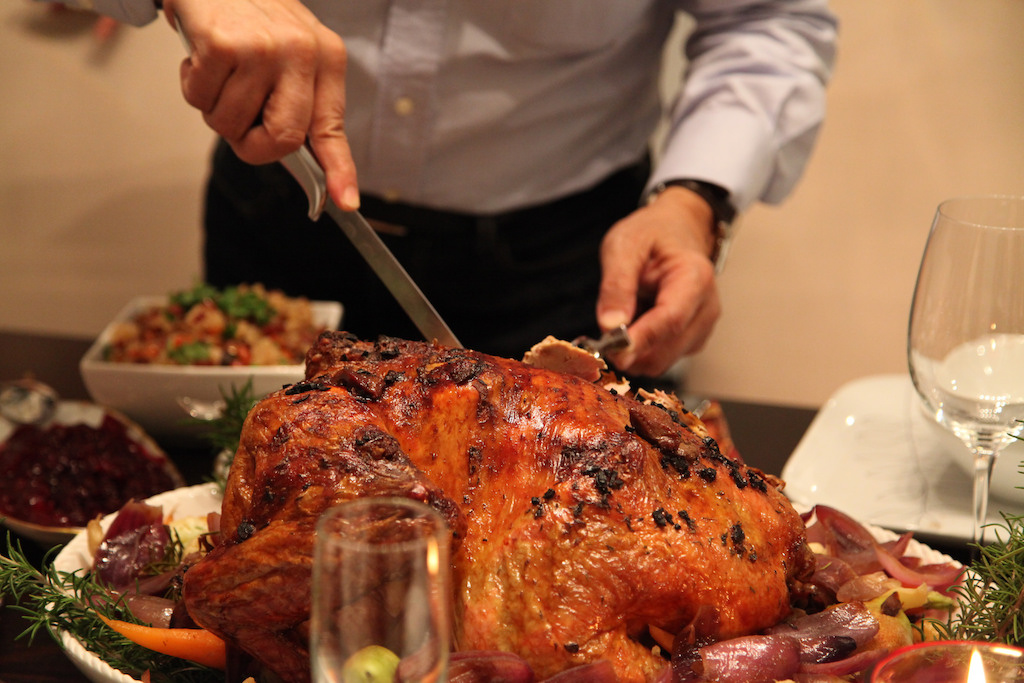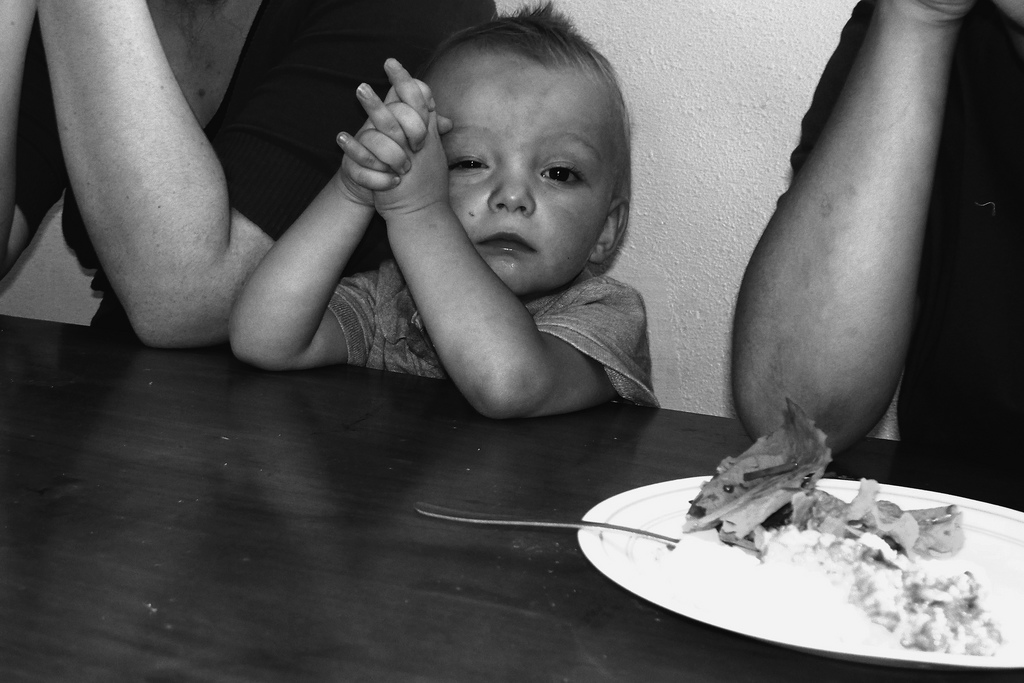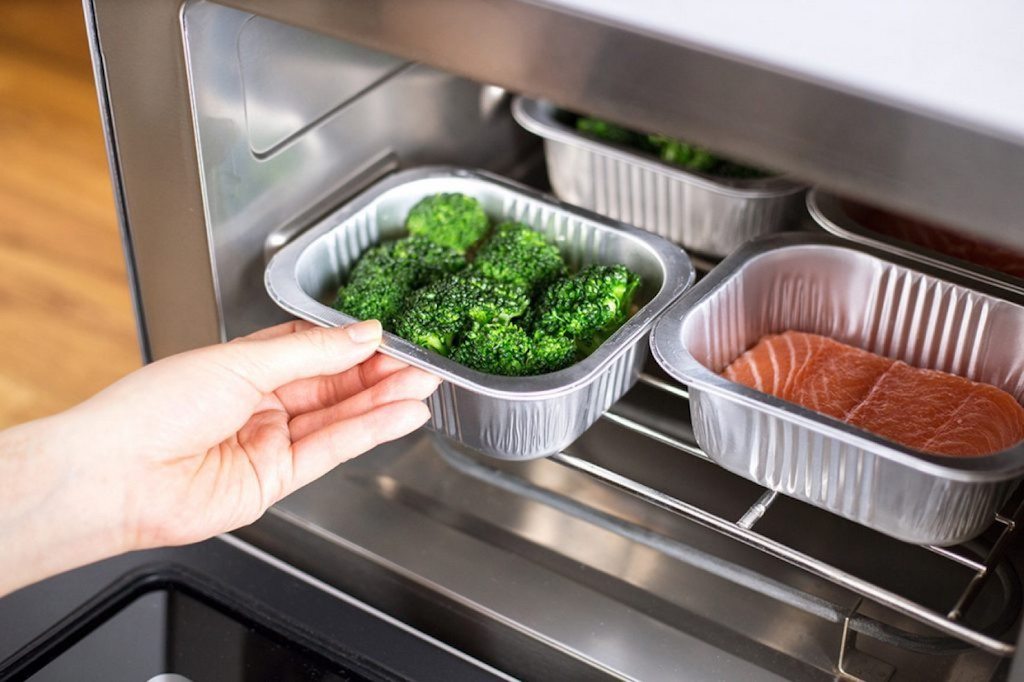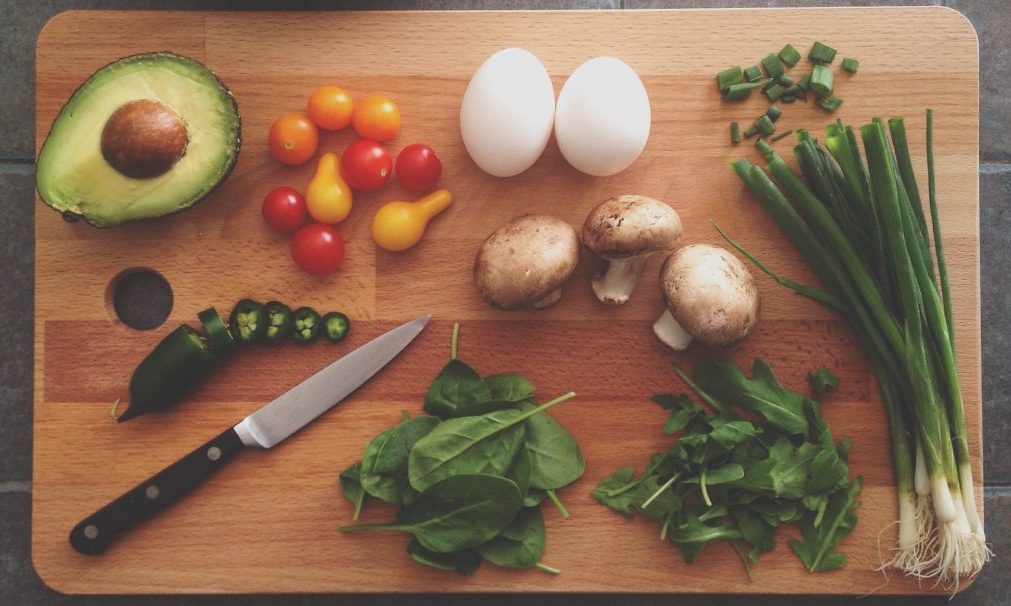Why fewer consumers are turning to meal-kit subscriptions
As a new parent at the start of 2020 with an exhaustingly busy job in local news, I missed out on most of the culinary trends that marked the start of the pandemic for my peers. There was no search for the perfect sourdough starter or attempts to whip coffee into Instagram-worthy peaks. I did, however, sign up for a meal kit subscription. Kau Kau Box was a small startup in Hawaii—one of hundreds of niche meal kit services that entered the market during 2020—and it felt, at least for awhile, like it was saving my sanity. Few products had as big a surge in popularity during the pandemic as meal kits. Giants like HelloFresh saw business double in 2020, while overall consumer spending on meal kits surged a whopping 68 percent. But those days are over, reports The Washington Post. HelloFresh’s stock price tumbled 55 percent in the last year, while Blue Apron lost $26.4 million in the last quarter of 2021. What’s causing the drop? Some people are trying to resume a life that more closely resembles the one they had pre-pandemic. Other consumers are cutting back on meal kits because of the expense. And then, The Post writes, the business model may have worked too well: Many customers learned how to cook from meal kits and no longer need instruction cards to pull off a tasty meal at home. —Jessica Terrell
